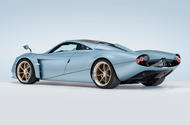Longtail Pagani Huayra Coda Lunga is the firm’s latest model
Ultra-exclusive hypercar maker to buck the industry trend after four-year study, saying EVs “lack emotion”
Pagani has no plans to make electric cars after conducting a four-year study into whether they would be suitable for the brand.
Company boss Horacio Pagani thinks that EVs are too heavy and lack emotion, and that most of the energy they use is not sustainably produced.
He also believes that the climate impact of supercars is so small that their use of an internal combustion engine, however big, is in a broad context largely irrelevant.
“In 2018, I created a team working on fully electric cars,” he told Autocar at the recent Milan Monza motor show.
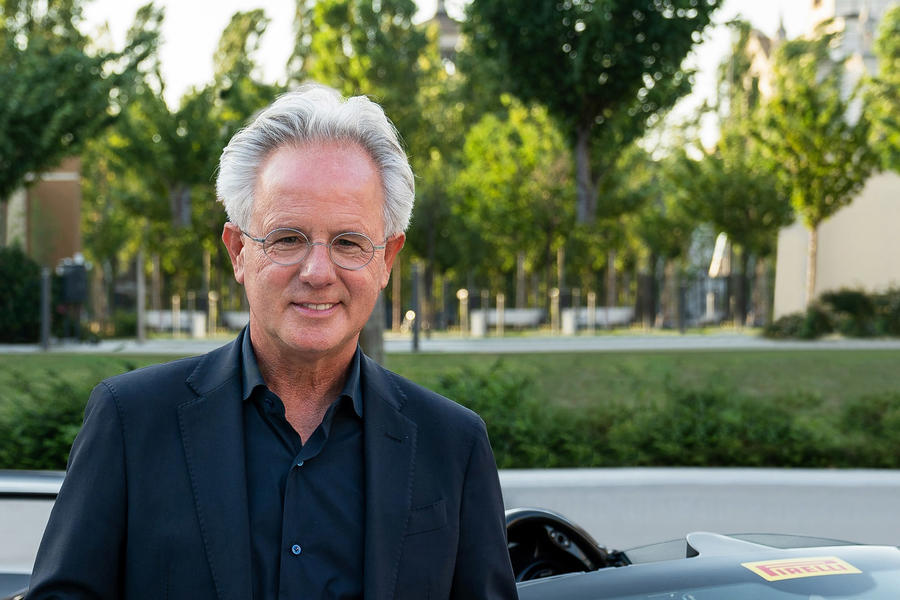
This team’s primary responsibility was looking at global homologation for Pagani to create such cars, particularly for the US, and for safety, both of which could be delivered. However, “in four years, we never found interest in the supercar market” for an EV, said Pagani.
He added: “At the moment, 90% of energy is produced without renewables. It’s silly to think that only a few supercars [in the world] with ICEs can have a negative impact on the climate when 90% of energy is produced in a bad way.”
Pagani’s studies also showed that it would need to use a 600kg battery in an EV, which is more than half the Huayra R’s total weight (1070kg).
However, Pagani also believes that the performance of electric cars is excessive.
“I own a Tesla to understand EVs, and it’s not necessary to have such high performance in them,” he said.
“The challenge is to make an EV that gives good emotion like a normal ICE. Pagani isn’t going to do something just with good performance, as you can do this [now], but to give emotion to the driver.
“The idea should be to make a lightweight car, but this is the biggest challenge. The dream would be a 1300kg EV, but this isn’t possible.”
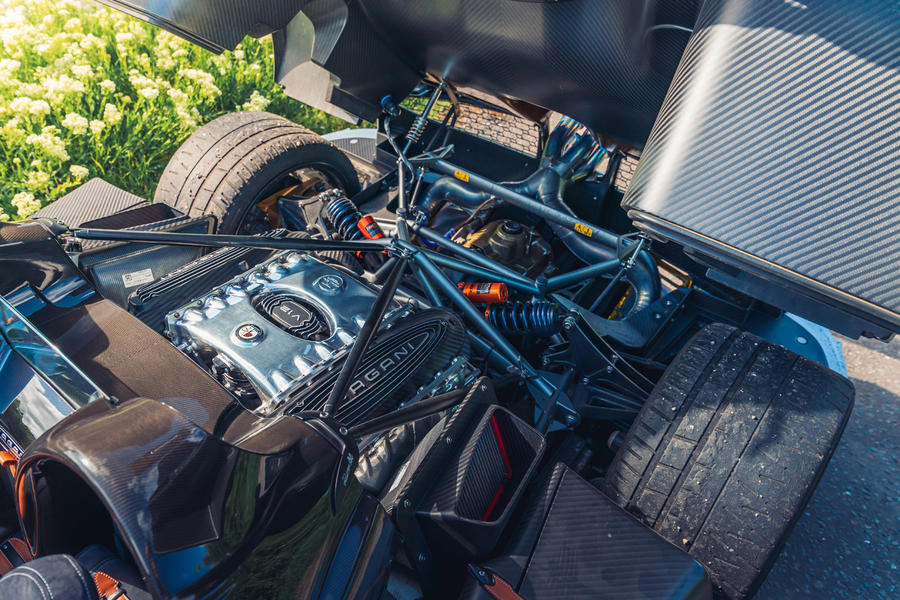
Mercedes-Benz provides the marque with its V12 engine and other key systems, and Pagani said his firm has access to this technology if it needs it.
He believes that Mercedes continues to be an ideal partner and enjoys working with the German giant.
“Mercedes is a big company, but you can still sit in front of a few people who decide, speak to them and be listened to,” said Pagani.
He added that the style and visual drama of his cars remains hugely significant – as does making them approachable to drive. “If you work only on the dynamics, all the cars end up the same,” he said. “Spend time on the fashion and the style and you get something wonderful.
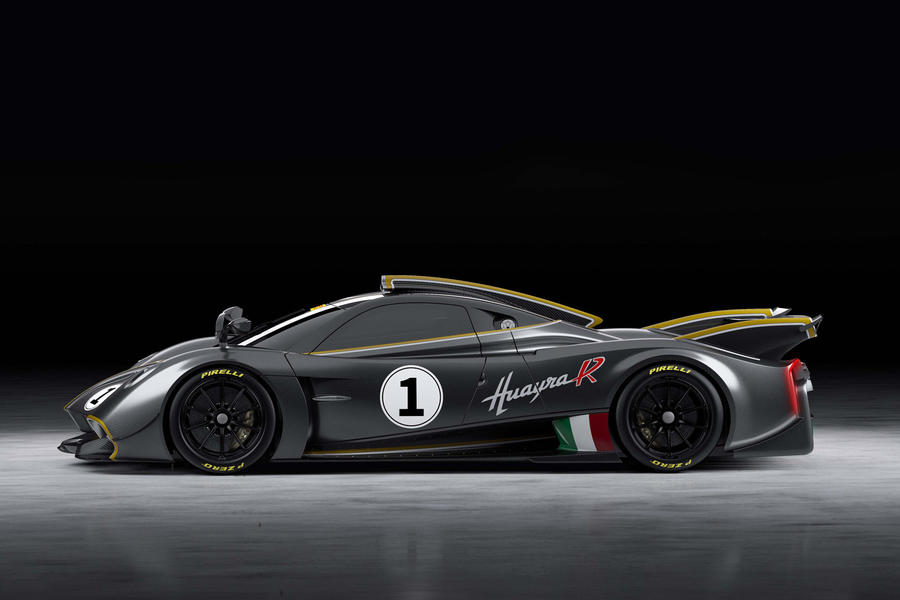
“Our target is to make the cars easy to drive. Gentlemen drivers are able to drive the Huayra R very easily.”
Other philosophies include providing exceptional customer service, enabling buyers to take their car on track and ensuring that it remains accessible on the road – something Pagani believes Ferrari does best of all.
Also important is making Pagani cars easy to live with, exemplified by the 10,000km service intervals on the engine, despite it being a V12 revving all the way to 9000rpm.
“We don’t want extreme cars,” said Pagani. “We want easy cars that aren’t nerveracking for gentlemen drivers.”
Pagani is also proud of the residual values of his cars, the company having built 450 or so examples of the Zonda and Huayra over the past two decades.
“Some Zondas are now 10 times the initial price,” he said. “The Cinque is now 20 times.”
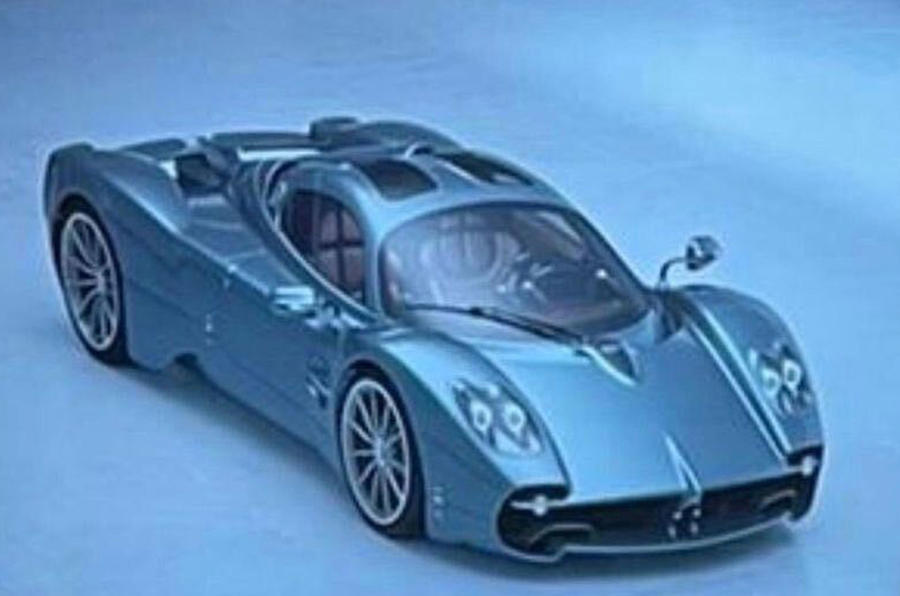
The firm’s waiting list has for the past decade remained at around three years, and it has already found buyers for the first 100 examples of the new Pagani C10, which it will unveil in September. “These have all been sold even before it has been revealed,” said Pagani.
He added, however, that he never gets complacent about demand and remains respectful of market conditions that could affect his company, because many of its customers work in financial services.
“We’re a success, but a lot can happen suddenly,” he said. “There’s a difference between success at the moment and foresight of the future.”
To that end, he invests a huge amount in R&D, typically around 20% of revenue.
“We’re one of the top companies that invests in the future. We usually invest 20%. Last year, it was 14%,” said Pagani. “It’s like a race: you can stop, but when it restarts, you’re at the back. Even if you have no new car, you’re investing.”
Pagani currently builds around one car per week, up from around one car per month a decade ago.
What’s in Pagani’s garage?
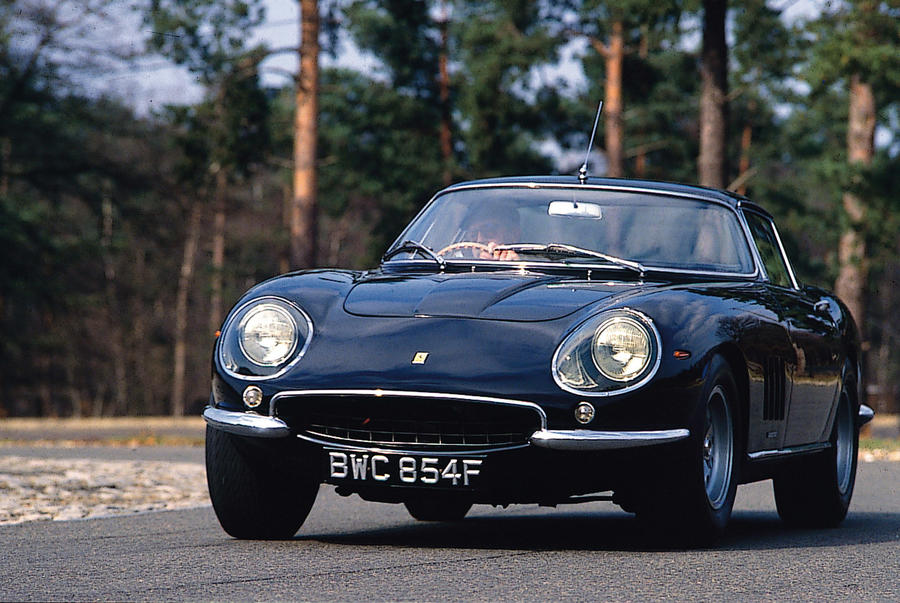
Horacio Pagani is about as big a car enthusiast as you could imagine, having grown up in Argentina idolising F1 legend Juan Manuel Fangio, who eventually became his friend and introduced him to Mercedes-Benz.
Pagani spent many years at Lamborghini, joining as a teenager after moving to Italy. Before launching his own firm, he became an early innovator with carbonfibre – an area he continues to pursue today through a subsidiary company.
What is this car lover’s all-time favourite, then?
“It’s a 1963 Jaguar E-Type Roadster,” said Pagani. “That’s my favourite car.”
And of modern times?
“The Ford GT is the most beautiful of the recent cars.”
What about other car makers?
“I like Porsche; I like going to their events. I just love cars. I have a Ferrari F12tdf, and my jewel is a Ferrari 275 GTB. It’s chassis number one, which they used for homologation.”
Source: Autocar
